Debasmita Mukherjee
Follow The Approximate Sparse Leader for No-Regret Online Sparse Linear Approximation
Jan 07, 2025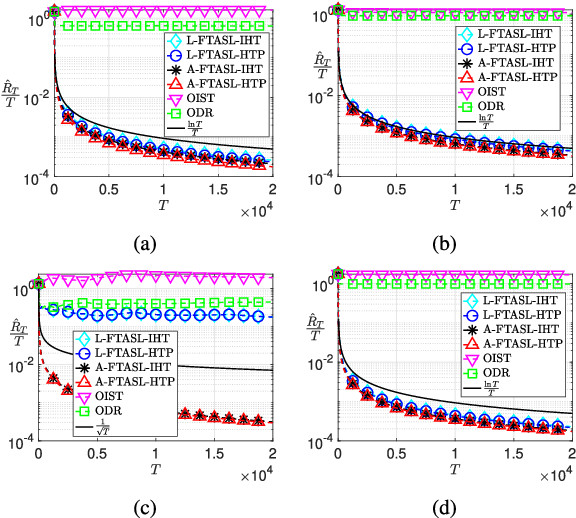
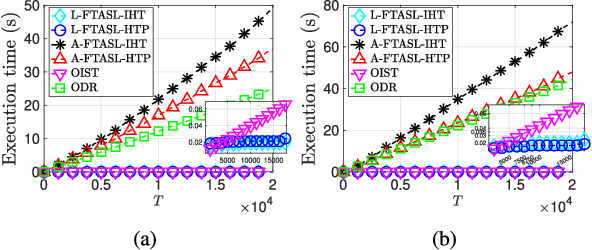

Abstract:We consider the problem of \textit{online sparse linear approximation}, where one predicts the best sparse approximation of a sequence of measurements in terms of linear combination of columns of a given measurement matrix. Such online prediction problems are ubiquitous, ranging from medical trials to web caching to resource allocation. The inherent difficulty of offline recovery also makes the online problem challenging. In this letter, we propose Follow-The-Approximate-Sparse-Leader, an efficient online meta-policy to address this online problem. Through a detailed theoretical analysis, we prove that under certain assumptions on the measurement sequence, the proposed policy enjoys a data-dependent sublinear upper bound on the static regret, which can range from logarithmic to square-root. Numerical simulations are performed to corroborate the theoretical findings and demonstrate the efficacy of the proposed online policy.
Systematic Adaptation of Communication-focused Machine Learning Models from Real to Virtual Environments for Human-Robot Collaboration
Jul 21, 2023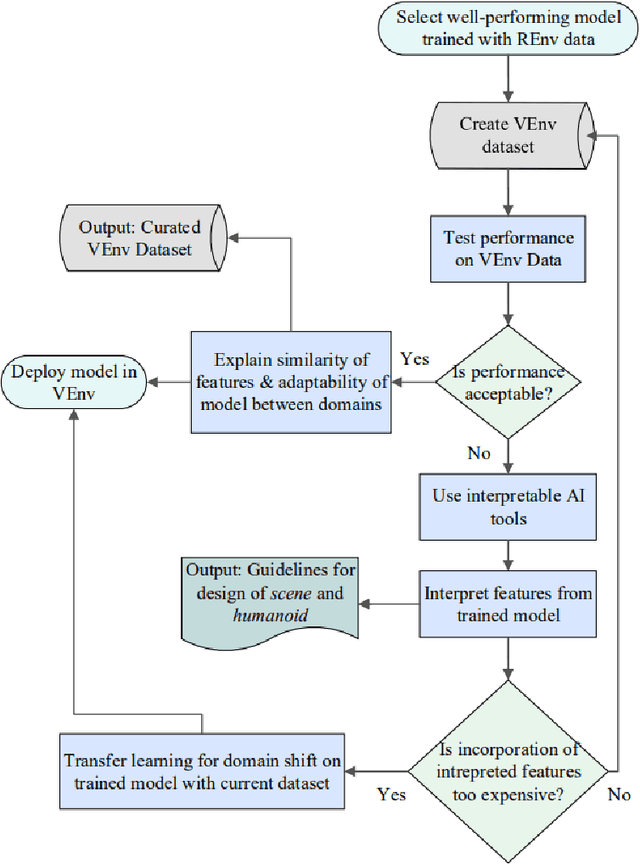
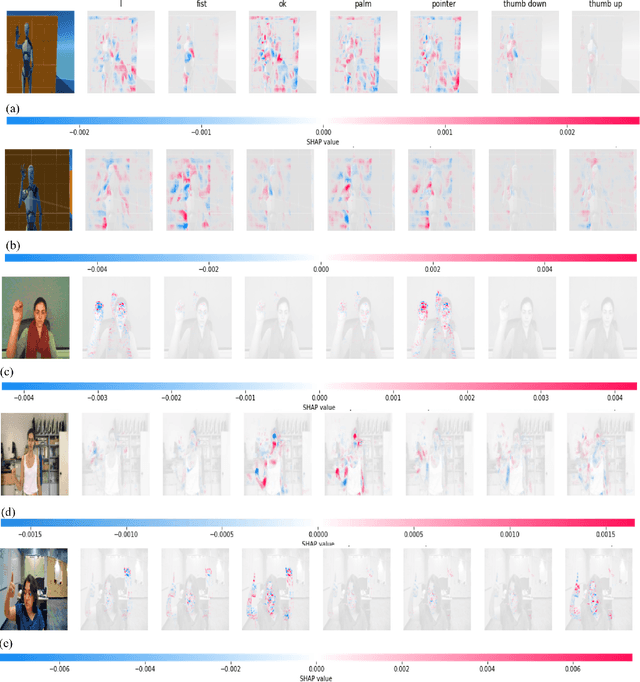
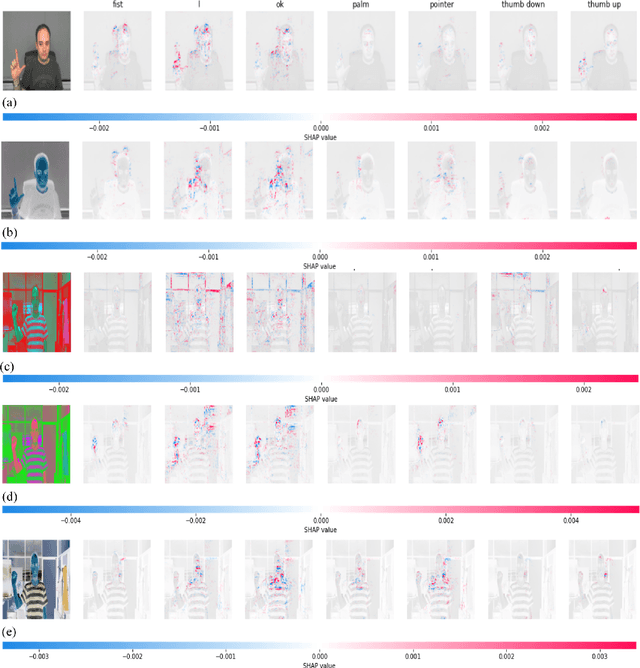
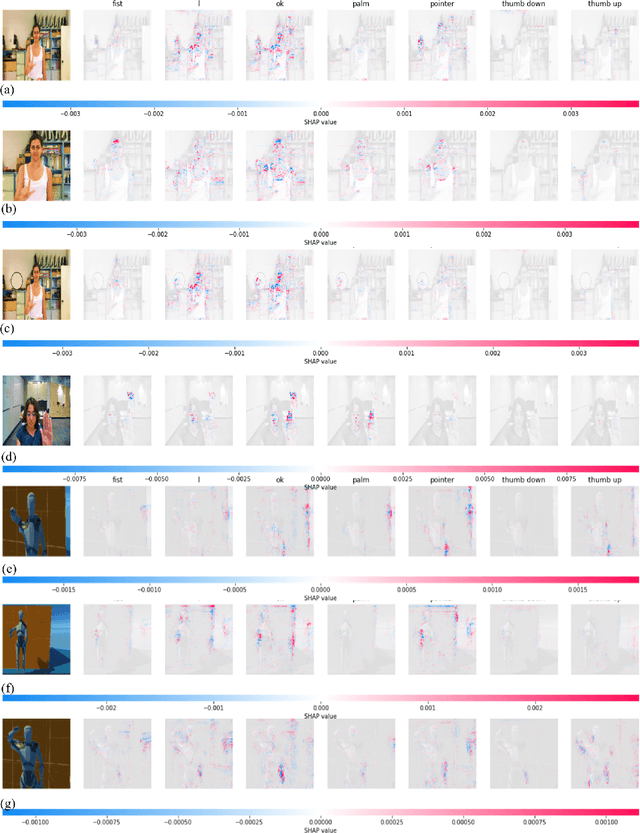
Abstract:Virtual reality has proved to be useful in applications in several fields ranging from gaming, medicine, and training to development of interfaces that enable human-robot collaboration. It empowers designers to explore applications outside of the constraints posed by the real world environment and develop innovative solutions and experiences. Hand gestures recognition which has been a topic of much research and subsequent commercialization in the real world has been possible because of the creation of large, labelled datasets. In order to utilize the power of natural and intuitive hand gestures in the virtual domain for enabling embodied teleoperation of collaborative robots, similarly large datasets must be created so as to keep the working interface easy to learn and flexible enough to add more gestures. Depending on the application, this may be computationally or economically prohibitive. Thus, the adaptation of trained deep learning models that perform well in the real environment to the virtual may be a solution to this challenge. This paper presents a systematic framework for the real to virtual adaptation using limited size of virtual dataset along with guidelines for creating a curated dataset. Finally, while hand gestures have been considered as the communication mode, the guidelines and recommendations presented are generic. These are applicable to other modes such as body poses and facial expressions which have large datasets available in the real domain which must be adapted to the virtual one.
 Add to Chrome
Add to Chrome Add to Firefox
Add to Firefox Add to Edge
Add to Edge